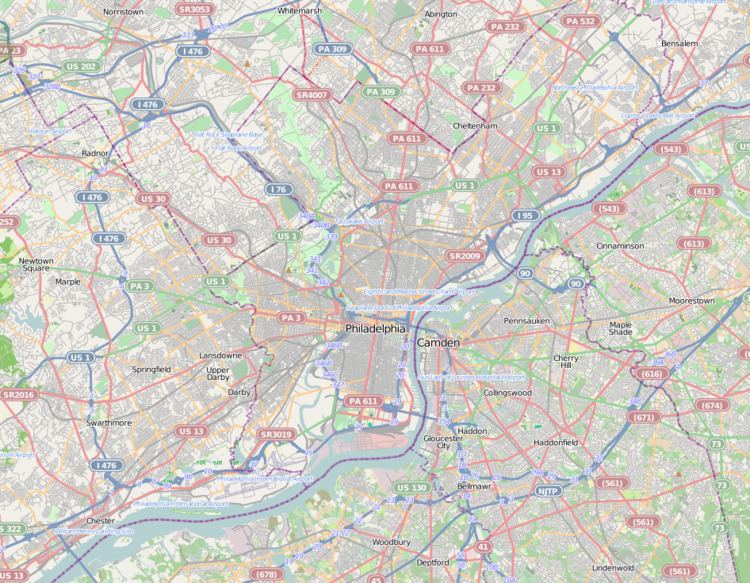Built 1864-65 Opened 1865 Phone +1 215-563-6500 | NRHP Reference # 79002331 Area 5,261 m² Added to NRHP 22 June 1979 | |
 | ||
Location 140 South Broad Street
Philadelphia, Pennsylvania Address 140 S Broad St, Philadelphia, PA 19102, USA Architectural styles Beaux-Arts architecture, Second Empire architecture Architects Horace Trumbauer, John Fraser Similar Franklin Institute, Hyatt at The Bellevue, Academy of Music, Philadelphia City Hall, Ritz‑Carlton Philadelphia Profiles | ||
Union league of philadelphia tour
The Union League of Philadelphia, founded in 1862 as a Patriotic Society to support the policies of Abraham Lincoln, is today a private members-only club.
Contents
Founded by Philadelphia society, it remains a bastion of the elite; among its 3,300 members are leaders in business, academia, law, medicine, politics, religion and the arts. Members gather to socialize, dine, network, attend events, exercise and relax in the 1865 Second Empire-style building. The club is ranked first on the Five Star Platinum Club list.
Union league of philadelphia
History
The Union League of Philadelphia is the oldest and most prominent of the remaining loyalty leagues. Founded in 1862 as a patriotic society to support the Union and the policies of President Abraham Lincoln, it laid the philosophical foundation of other Union Leagues across a nation torn by Civil War. It has given loyal support to the American military in all conflicts since. Its motto is "Love of Country Leads."
As in 1862, its members prize tradition and represent the Philadelphia region’s elite in business, education, religion as well as the arts and culture. Although no longer exclusively Republican or male in membership, The Union League of Philadelphia has maintained its identity as distinctly traditional and politically conservative. The club has hosted U.S. presidents, heads of state, industrialists, entertainers and visiting dignitaries from around the world.
The club's building, a classic Second Empire-style structure with a brick and brownstone façade and dramatic twin circular staircases leading to the main entrance on Broad Street, was designed by John Fraser and completed in May 1865 [the opening was originally scheduled for March 1865, with President Lincoln in attendance, but was delayed due to wartime construction supply shortages]. In 1905, Philadelphia architect (and Union League member) Horace Trumbauer won a design competition to build major additions to the building. The Beaux Arts-style additions, completed in 1910 and 1911, expanded the length of the building to a city block. The building was listed on the National Register of Historic Places in 1979.
Adorning the walls and hallways is the club's collection of art and artifacts, a chronicle of Philadelphia's imprint upon the American landscape. A Heritage Center was added to provide a permanent place to store and display the extensive collection of Civil War-related documents and objects.
The club has three charitable foundations: the Abraham Lincoln Foundation, the Youth Work Foundation and the Scholarship Foundation which educate the public about U.S. history, recognize student role models in schools and provide awards and scholarships to deserving students.
Heritage Center
In 2011, the Foundations of the Union League - three non-profit charitable organizations founded by the membership of the Union League - completed construction on The Heritage Center, which includes a multi-purpose space for events, a museum space for exhibitions and a research center. The Center houses the historic collections of the Union League of Philadelphia, the Abraham Lincoln Foundation of Philadelphia, the two-dimensional collections of the Civil War Museum of Philadelphia, and the collections of both the Military Order of the Loyal Legion of the United States (MOLLUS) and the Dames of the Loyal Legion (DOLLUS). The collections are all available for research.
The Heritage Center has regular public open hours, and every February, weather permitting, there is an Open House, with docent-led tours of the entire League house, and special collections on display.
